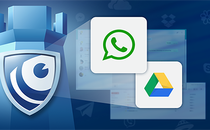SecureTower 3.2 – clipboard and USB-devices full control
Falcongaze Company has completed a key stage of development of functionality for external devices control in SecureTower data protection system. Starting with the current version, the system monitors USB-devices (flash drives, portable hard drives, etc.), as well as workstations clipboard.
According to statistics, about 40% of intentional theft occurs exactly by means of the data transfer to various external USB devices. They are compact, easy to handle and are perfect for mobile storage of information which can easily leave the corporate network.
In the new SecureTower version when transmitting files to a portable storage device the system creates a shadow copy of the document which is subsequently analyzed for the defined security rules. And what is more, in this case the system analyzes not only the attributes of the intercepted file, but also its contents.
The new functionality of the system allows specifying the list of removable data carrier that need to be controlled. For example, it allows using only corporate thumb drives in a company’s network or specifying the list of workstations on which the use of all USB-devices will be permitted. Moreover SecureTower system allows controlling the information of a specified type (for example, only Microsoft Word documents or files with .EXE extension).
In addition to the functionality of USB-devices control, SecureTower 3.2 provides the ability to block them for defined user groups. For example, it makes sense to block the USB ports access for sales staff who work with client databases, or on the contrary, to allow the use of flash drives for those whose work involves frequent trips.
Another innovation in SecureTower 3.2 is the ability to control clipboard on user workstations. Now, when placing text information to clipboard the system immediately analyzes the data in accordance with the specified security rules.

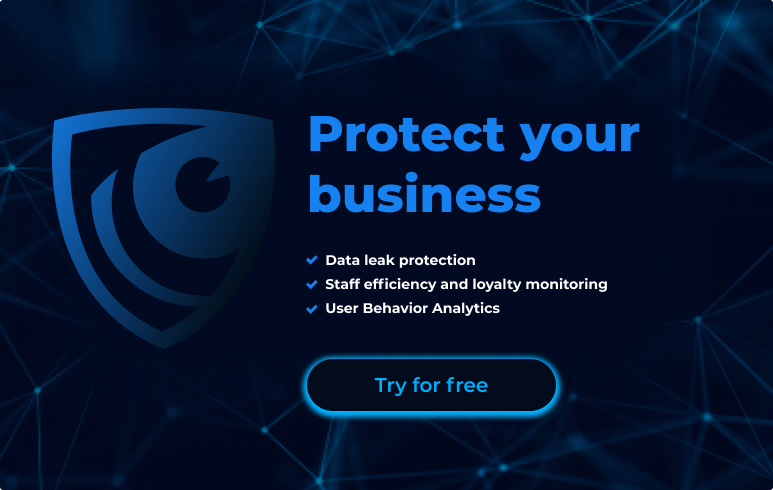
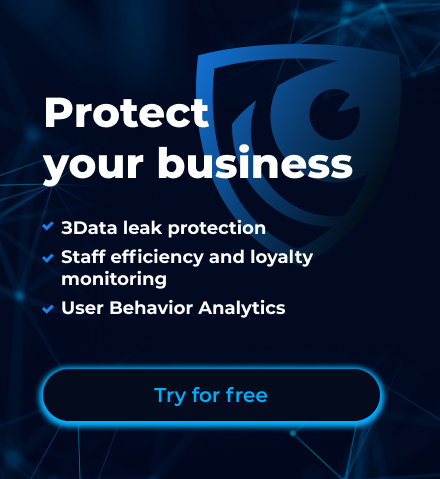
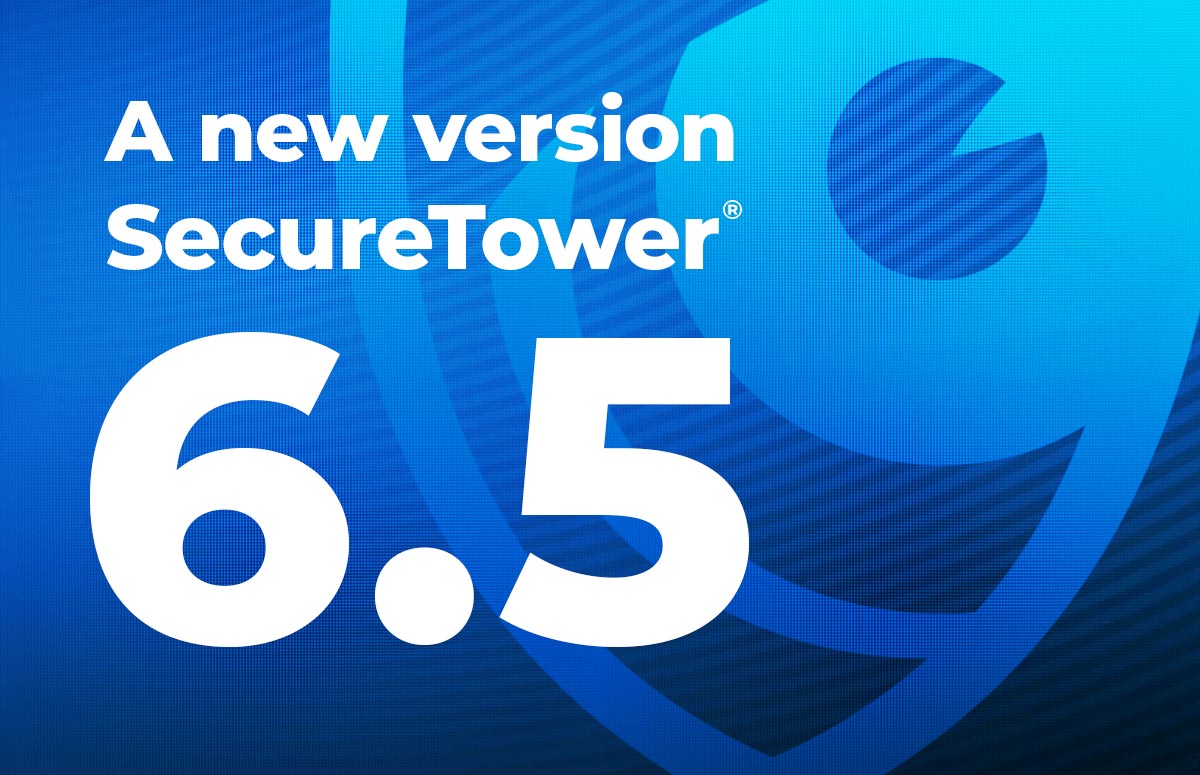

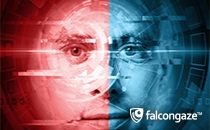
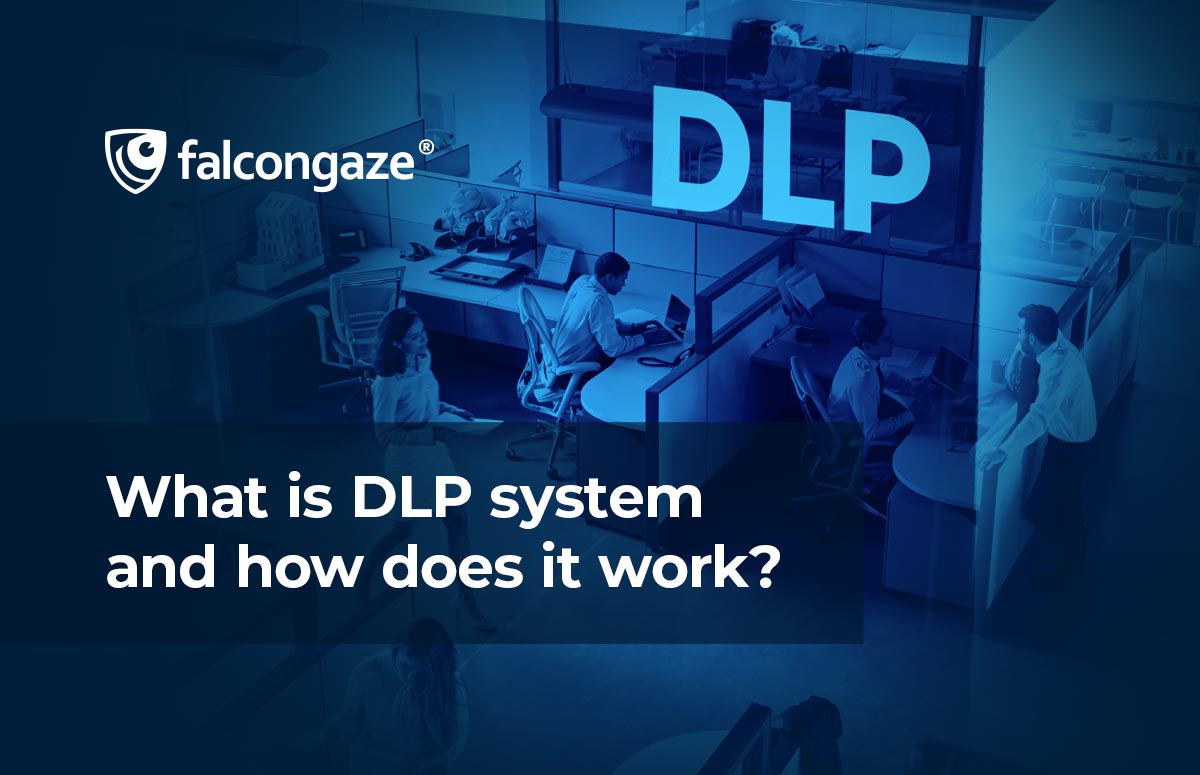
.png)



